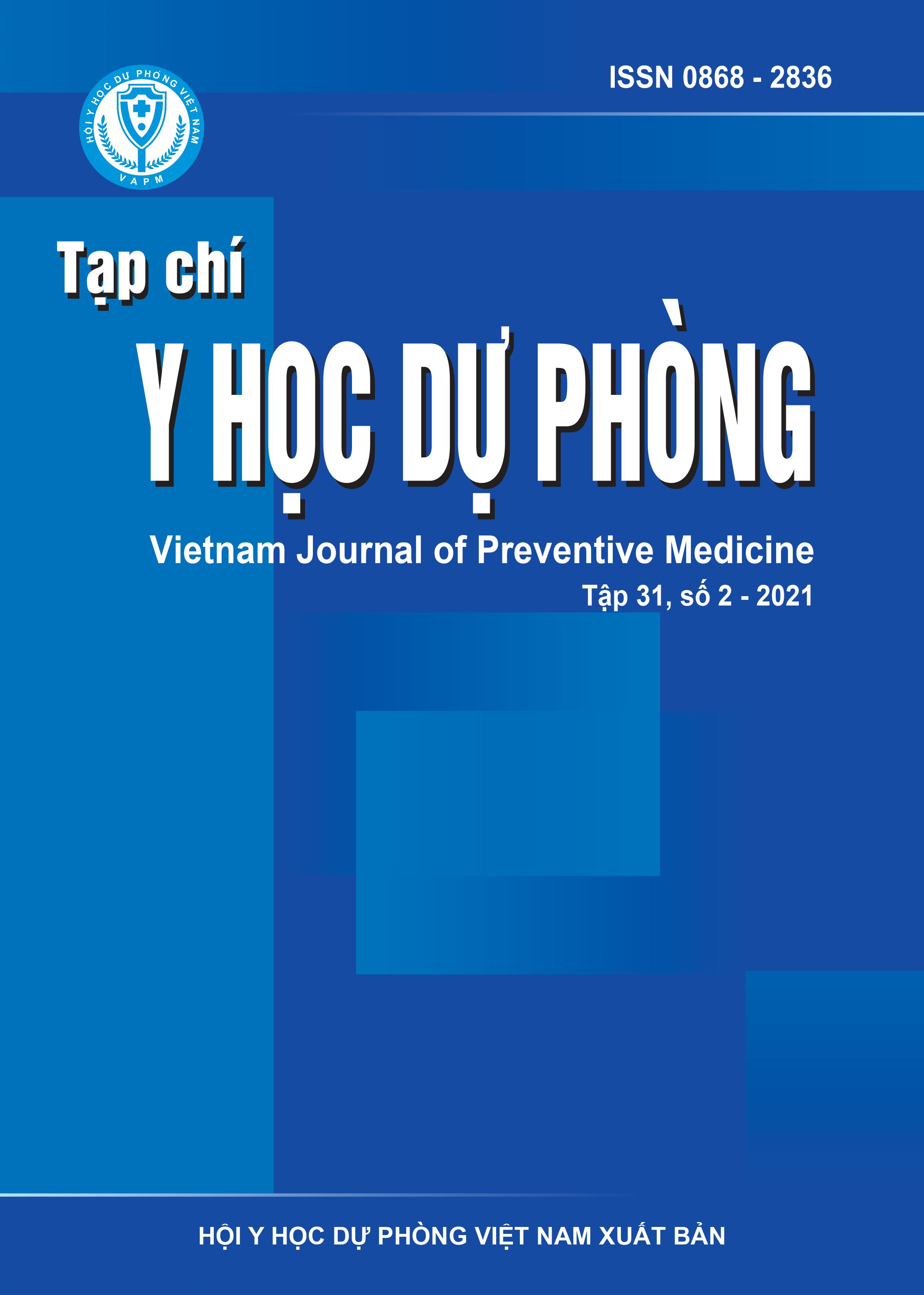Detection of Clostridium botulinum in honey, soil and homemade canned foods some Northern provinces in Vietnam in 2019 - 2020
DOI:
https://doi.org/10.51403/0868-2836/2021/72Keywords:
C. botulinum, foodborne diseases, isolation, sequencingAbstract
The study was aimed to detect Clostridium botulinum in honey, soil and homemade canned foods in some Northern provinces, Vietnam in 2019 - 2020. A total of 469 samples, including 129 honey samples, 325 soil samples and 15 canned food samples, were analysed by isolation, identifcation with API 20A and multiplex PCR, DNA sequencing for detection of toxin genes. Six strains (02 from soil, 02 from honey and 02 from pate - homemade canned food) were found with typical characteristics of C. botulinum and showed 75-97% confdence using ApiwebTM software. The DNA sequence of a 782 bp and
205bp region of the toxin gene of 02 strains from pate showed 100% similarity to C. botulinum A (KJ99761.1) and 100% similarity to C. botulinum B (AB66557.1), a 205bp region of the toxin gene of 02 strains from soil showed 100% similarity
to C. botulinum B (AB66557.1). Both strains from honey were negative to all C. botulinum toxin genes. The detection of C. botulinum and its toxin genes in these matrix shows a potential risk to public health and is highly alarming about food safety and hygiene.
Downloads
Downloads
Published
How to Cite
Issue
Section
License
Publication License No 150/GP-BTTTT signed on May 8, 2014;
Electronic Publication License No 322/GP-BTTTT signed on June 15, 2016.


